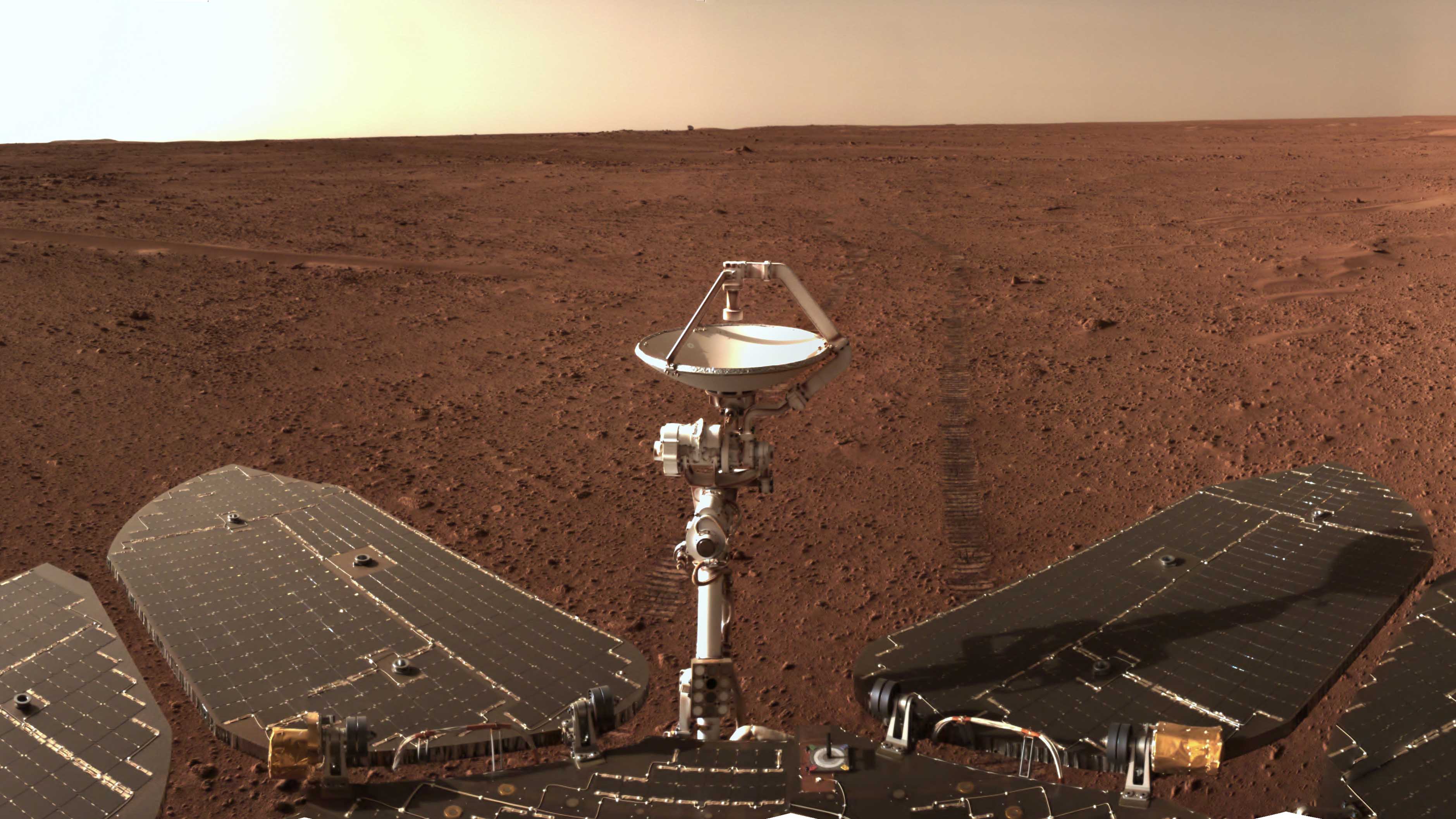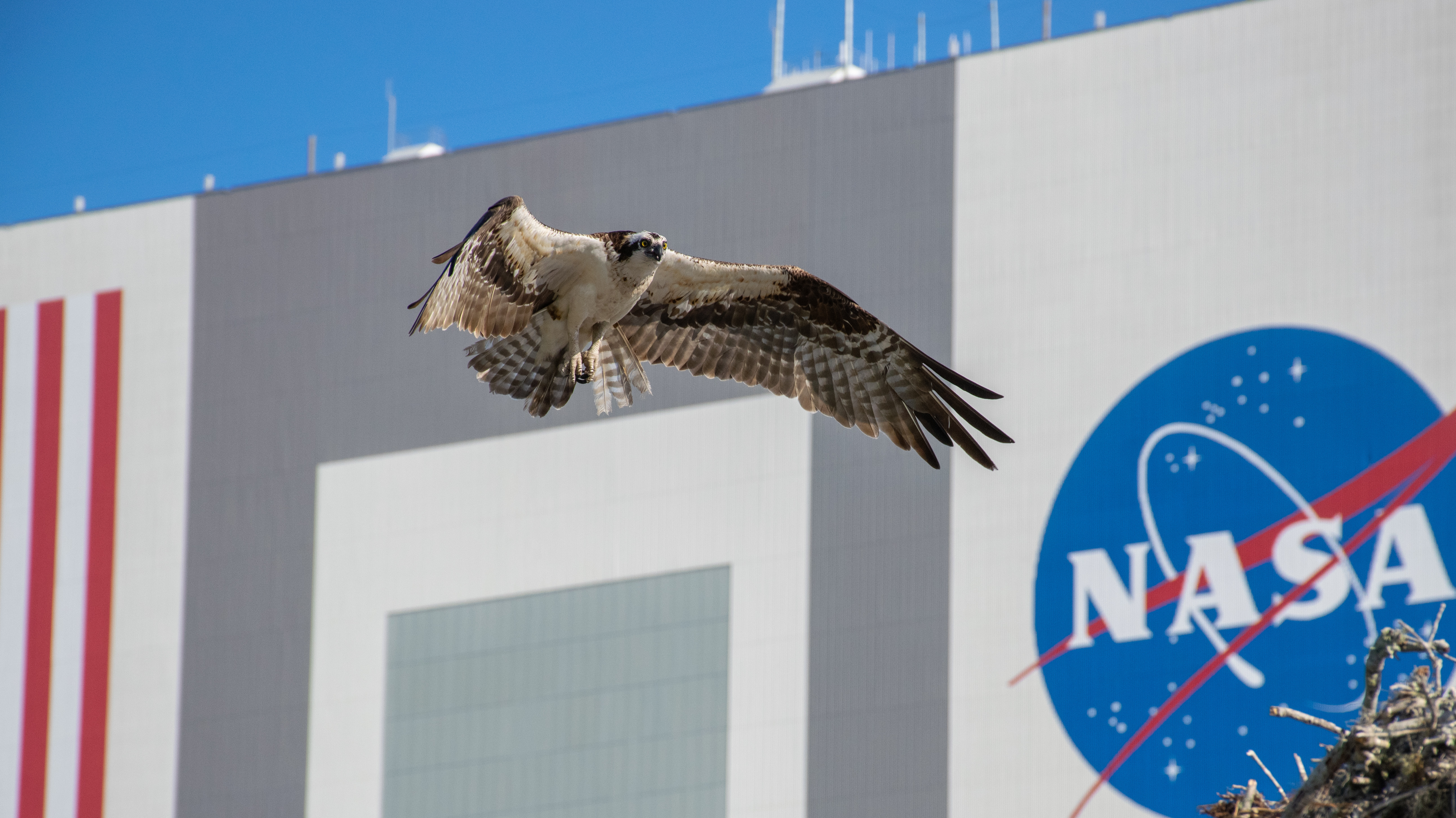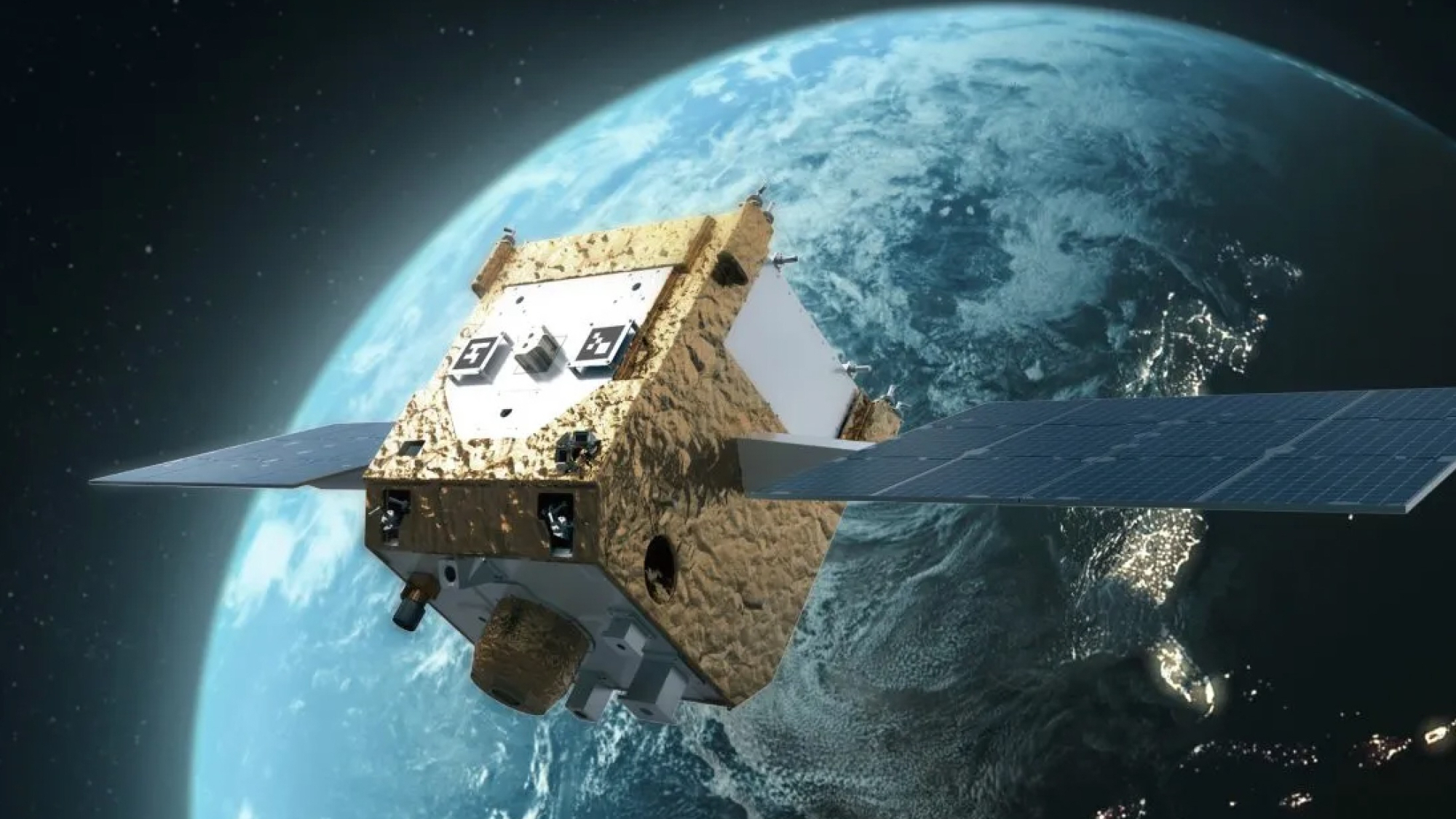China moves Mars sample-return launch up 2 years, to 2028
'There is now a genuine chance that China could return Martian samples before the U.S.'

China has advanced the launch of its Tianwen 3 Mars sample-return mission to 2028. The new timeline, two years sooner than originally planned, suggests that China could bring Mars samples to Earth as soon as 2031.
Speaking at the second International Deep Space Exploration Conference (also known as the Tiandu Forum) in China’s Anhui province last week, Liu Jizhong, the chief designer of the Tianwen 3 mission, said the effort will consist of two rocket launches from Earth. One will carry a lander and a two-stage ascent vehicle, and the other an orbiter and Earth-return craft.
Tianwen 3, which aims to use a lander-based drill to collect at least 500 grams (17.6 ounces) of surface samples that could reveal clues about life on Mars and the planet's climate evolution, might also include a foldable, autonomous helicopter similar to NASA’s Ingenuity, as well as a six-legged robot to collect samples away from the landing site, Space.com previously reported.
"There is now a genuine chance that China could return Martian samples before the US," Quentin Parker, an astrophysicist at the University of Hong Kong told Malay Mail, an online newspaper in Malaysia.
At the Tiandu Forum, Jizhong noted that the Tianwen 3 mission will include international payloads and that China plans to share the returned samples with scientists worldwide, according to CGTN, the English-language news channel of the state-run China Global Television Network in Beijing.
Related: China might add a helicopter and 6-legged robot to Mars sample-return mission
Liu did not specify when the Mars samples could be returned to Earth, but officials previously noted the round-trip mission would take about three years, suggesting Red Planet rocks could return to Earth around 2031 if the mission launches in 2028 as now planned, Ars Technica reported.
Get the Space.com Newsletter
Breaking space news, the latest updates on rocket launches, skywatching events and more!
China’s updated timeline suggests samples could be delivered to Earth well before the joint NASA-European Space Agency Mars Sample Return (MSR) program does so. That effort is getting a major overhaul after severe cost and schedule overruns put the original mission framework in limbo. NASA Administrator Bill Nelson has said the MSR campaign's $11 billion price tag is too costly, too complex, and that "not returning samples until 2040 is unacceptably too long."
In June, NASA awarded $1.5 million contracts to seven companies including SpaceX, Blue Origin, Lockheed Martin and Northrop Grumman for ideas about a simpler, less expensive and less risky alternative to the troubled existing structure.
Meanwhile, scientists continue to stress the scientific value of bringing home the MSR samples, which have already been collected by NASA's Perseverance rover. The samples, which contain both fine- and coarse-grained sandstone and mudstone sediments, could reveal crucial clues about the chemistry of the water that deposited them billions of years ago — and, perhaps, evidence of past microbial life on Mars, if it ever existed.
Answers to these decades-old mysteries could arrive on Earth as soon as 2031, if all goes well with China’s accelerated mission plan.
"It’s not just a race," astronomer Jonathan McDowell told Malay Mail. "It’s a high scientific priority for understanding Mars and our solar system."
Join our Space Forums to keep talking space on the latest missions, night sky and more! And if you have a news tip, correction or comment, let us know at: community@space.com.

Sharmila Kuthunur is a Seattle-based science journalist focusing on astronomy and space exploration. Her work has also appeared in Scientific American, Astronomy and Live Science, among other publications. She has earned a master's degree in journalism from Northeastern University in Boston. Follow her on BlueSky @skuthunur.bsky.social









